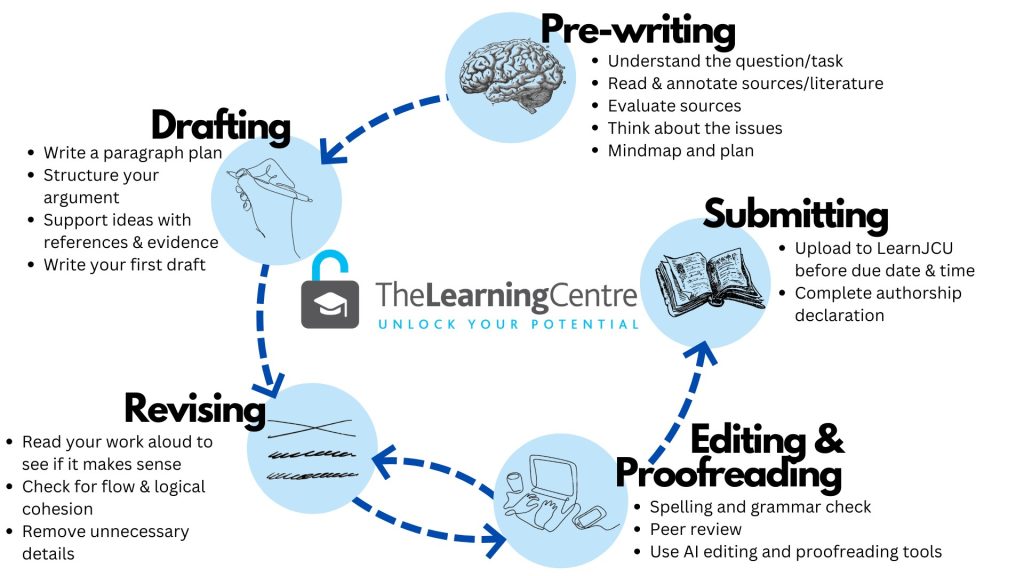This article provides APA 6th and APA 7th Edition Citation and References Samples. Following a standard citation style while writing scholarly papers or conducting research for academic purposes is essential to preserving the reliability and integrity of your work. Many academic fields, including the social sciences, education and psychology, employ the American Psychological Association (APA) citation style.
The 6th and 7th editions of APA introduced particular criteria for referencing sources and structuring references, reflecting the evolution of the format throughout time. It is vital to comprehend the distinctions between the APA 6th and 7th editions in order to correctly cite sources, steer clear of plagiarism, and produce a polished, expert paper.

What makes a responsible scholar or researcher?
The process of putting together a research project includes information gathering, information analysis and distribution, information collection, and information repurposing.
Keeping track of the sources you used to build your research project, sharing the information you sourced ethically, and providing acknowledgment to the authors of the sources you utilized are all necessary components of being a responsible researcher. By following these steps, plagiarism can be prevented.
Difference between Citation and References in APA
Anytime you incorporate someone else’s work into your own assignment, you must add citations and references. If you use a quote, information that has been paraphrased, an image, or any other information that you acquired elsewhere, you must cite and reference the source.
References are added to the final page of a research paper or project, and APA style citations are included to the paper’s body.
Citations are included when you incorporate information from another person’s work into your own production; they are also known as in-text citations. An in-text citation is produced when you either copy content verbatim from another source and use it in your work, or you paraphrase material from another source and use your own language and writing style. These brief citations are inserted immediately after the borrowed material in the project’s main body.
References are at the conclusion of your research effort, typically on the final page. The complete citation information for any in-text citations found in the project’s body is provided on this reference list page. The references are arranged alphabetically by last name of the author.
How to do the citation and referencing in APA
- The year the source was published, the author(s)’ last name(s), and occasionally the information’s page or location are the only three elements of an APA in-text citation.
- Additional details are provided in the references, including the complete title of the source, the year it was published, the name of the author(s), the URL, and the range of pages.
- The references are arranged collectively on a single page, typically the final page or pages of the document. Title this page “References.”
- Put the word “References” in the middle of the page and make it bold. Maintain the title’s font and size consistency with the references. It is not appropriate to underline, italicize, put the title in quote marks, or enlarge the typeface.
- The page is double spaced throughout.
- The initial word in each reference typically the last name of the author is used to sort the references alphabetically. Sort the source by title if it doesn’t have an author; ignore A, An, or The.
- The second line of text is indented by half an inch for all references, which have a hanging indent. See samples all throughout this guide.
- Recall that all citations in the paper’s text must have complete references listed in the reference list.
- While the references in the reference list give the reader all the information they need to locate the source on their own, the citations in the text just give a brief overview of the sources utilized.
Read Also: APA 6th Free Format Sample
EXAMPLE
Bergstein, M. (2016). Palmyra and Palmyra: Look on these stones, Ye Mighty, and despair. Arion: A Journal of the Humanities and the Classics, 24(2), 13-38. https://muse.jhu.edu/article/815418/summary
